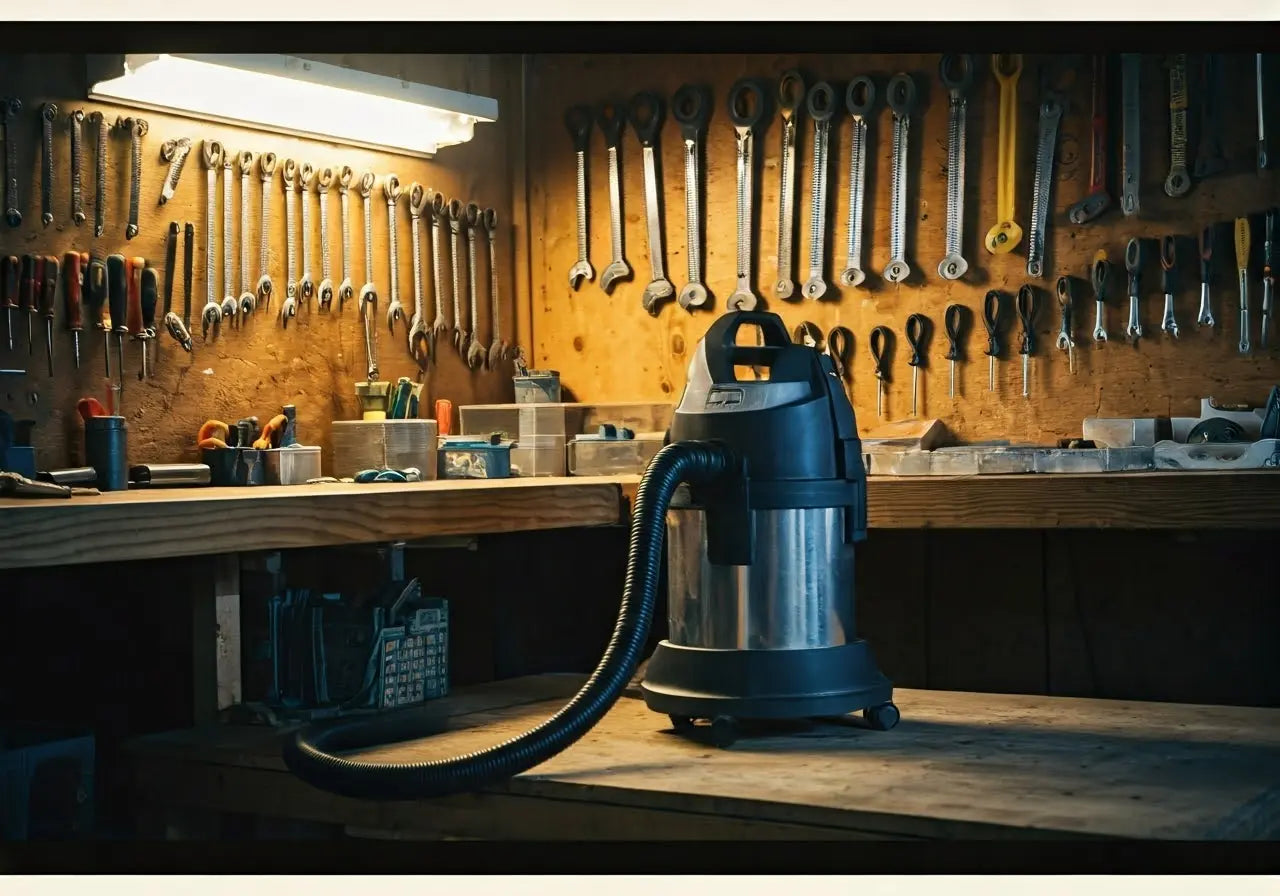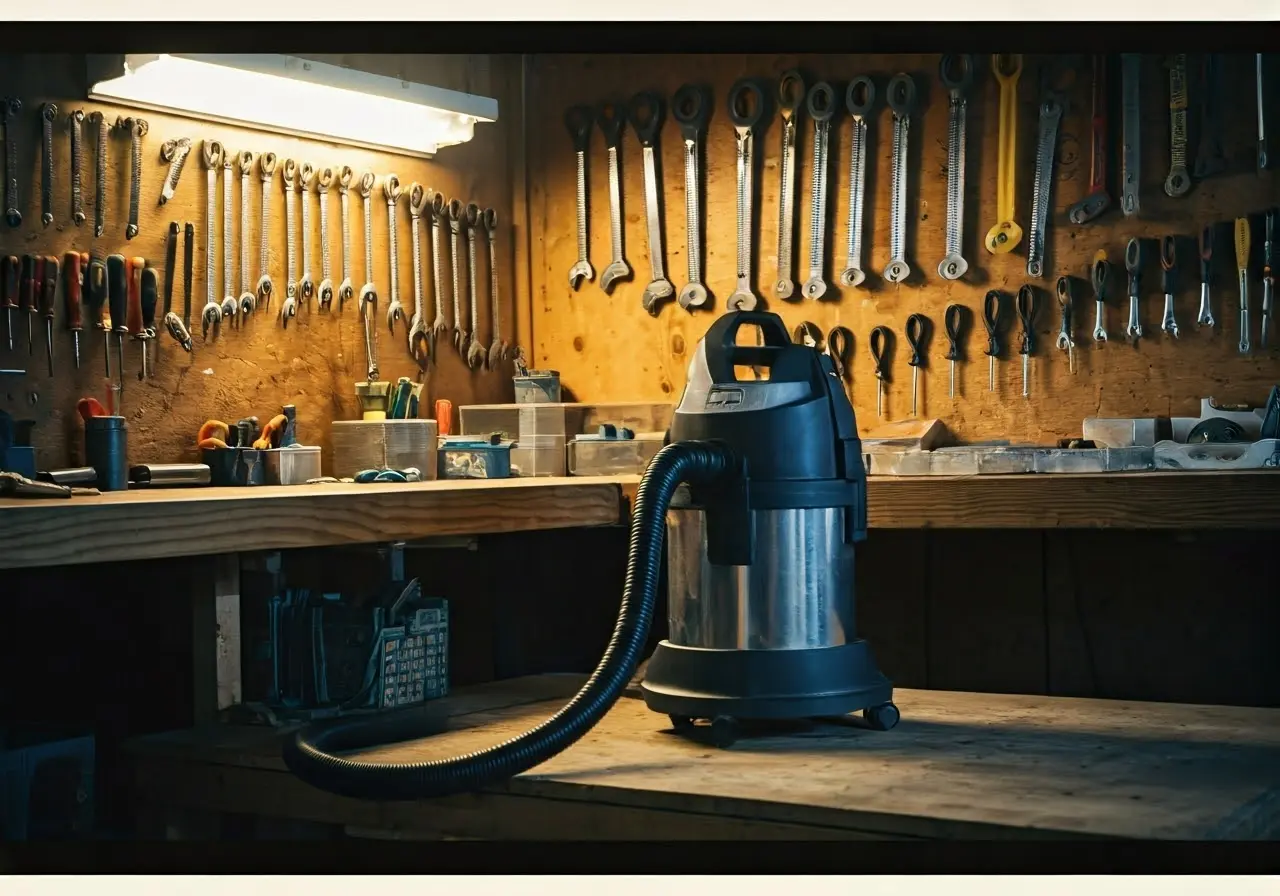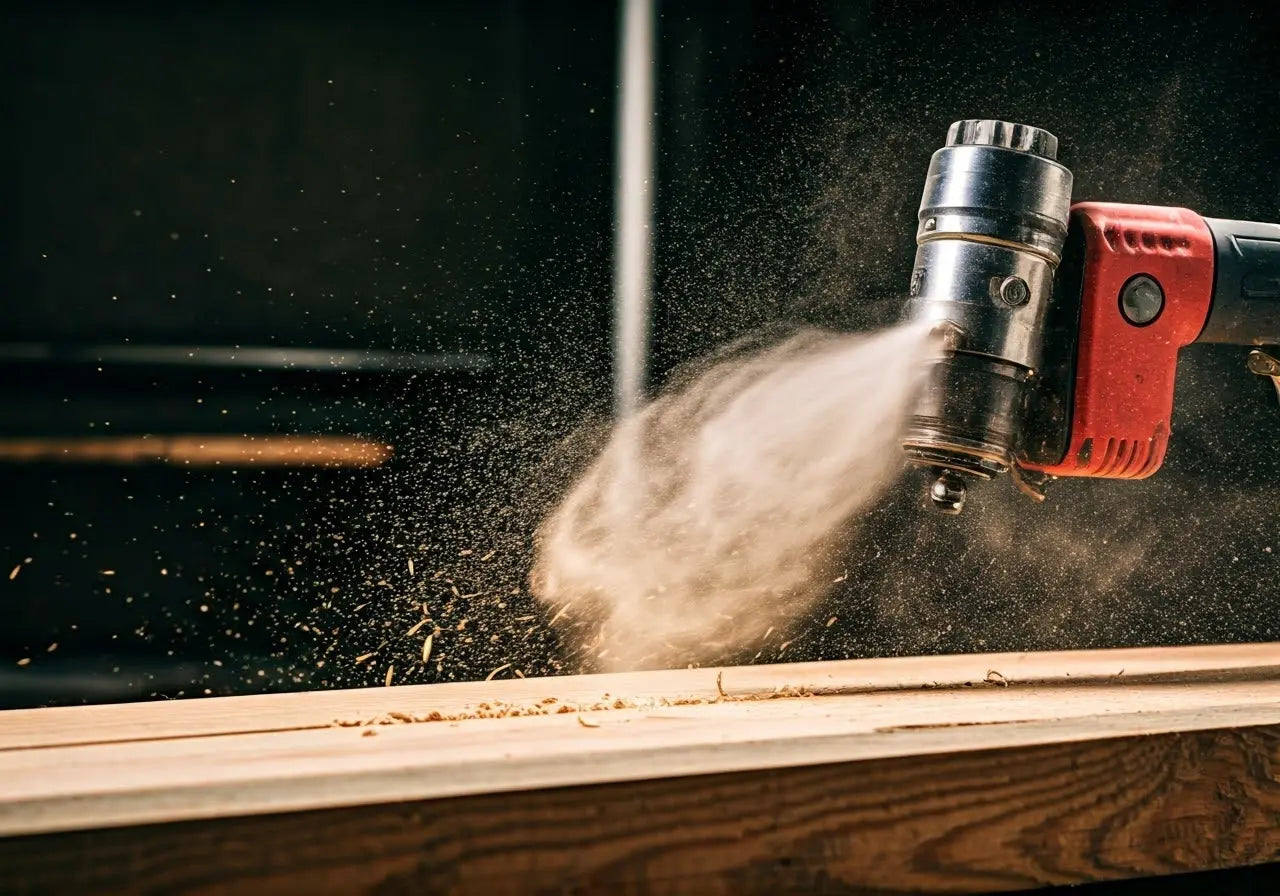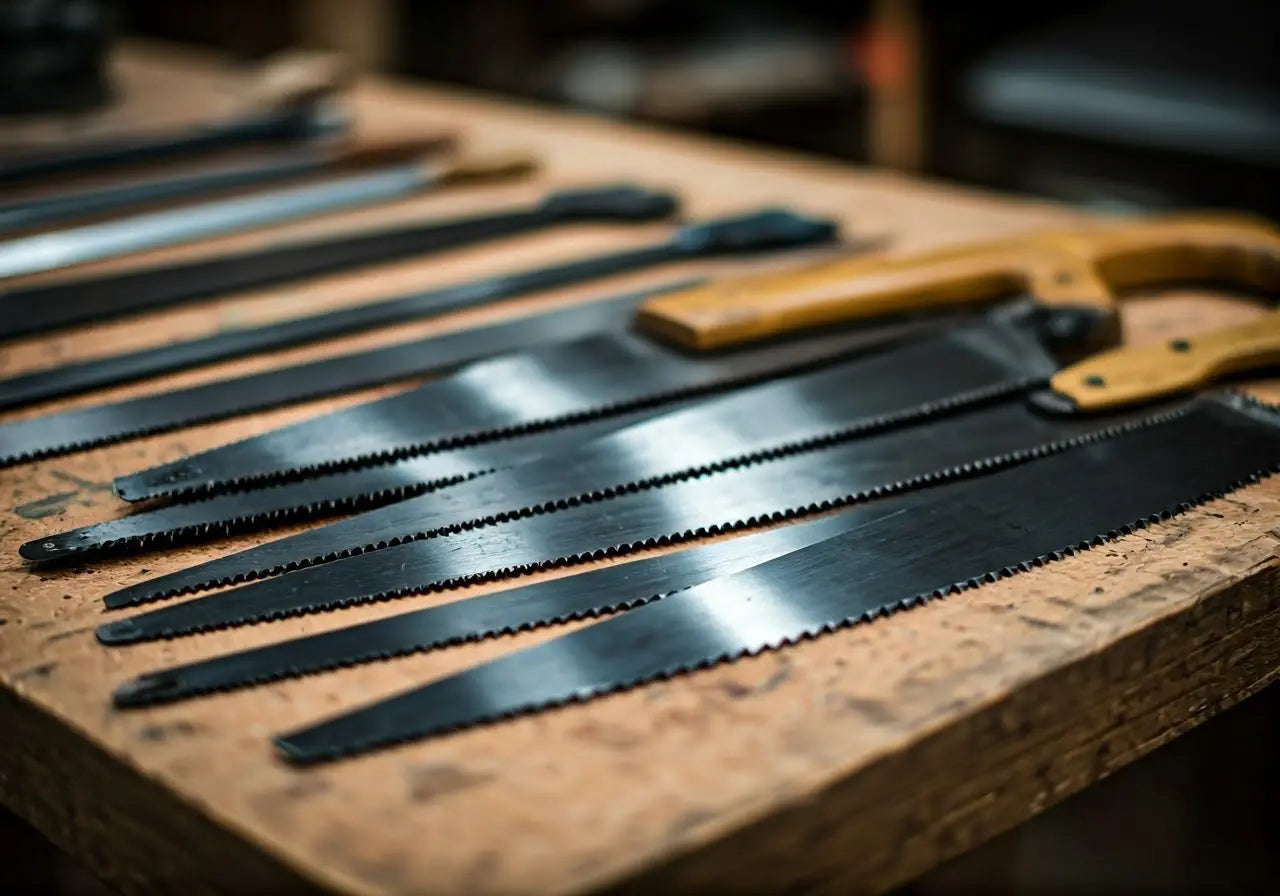In the world of renovation and construction, maintaining a clean workspace is essential for both health and efficiency. Dust-free cutting is an innovative approach to minimizing airborne particles, and a HEPA vacuum plays a crucial role in this method. Let’s explore how these vacuums work and why they are indispensable in creating a safer work environment.
Understanding the Basics of Dust-Free Cutting
Dust-free cutting refers to the process of reducing the amount of dust produced during cutting tasks using specialized tools and equipment. This innovation is particularly beneficial in construction, woodworking, and home renovation industries, where dust management is crucial. Traditionally, cutting tasks would generate significant amounts of dust, which could not only obscure vision but also become a health hazard if inhaled regularly. Dust-free cutting helps mitigate these risks by incorporating advanced dust collection systems that capture particles at the source.
Moreover, achieving dust-free cutting is not solely about enhancing health standards. It also plays a vital role in improving efficiency on-site. When dust levels are minimized, workers can see their tasks more clearly, leading to greater precision and productivity. Additionally, with less dust settling on surfaces and machinery, the need for cleaning and maintenance reduces significantly, allowing a streamlined workflow. This improvement in operational efficiency makes dust-free cutting a valuable practice not only for large construction sites but also for smaller renovation projects, where maintaining pristine conditions is vital for satisfactory customer outcomes.
The Science Behind HEPA Filters
HEPA, or High-Efficiency Particulate Air, filters are designed to capture 99.97% of particles that are 0.3 microns or larger. This high level of filtration makes them incredibly effective at trapping harmful dust, mold, and other airborne particles, making environments healthier and safer. The principle behind HEPA filters relies on a combination of mechanisms—interception, impaction, and diffusion—to trap particles that pass through the filter. As air flows through a HEPA filter, particles collide with the fibers and get stuck, effectively filtering out even the smallest pollutants.
What makes HEPA filters so remarkable is their ability to filter out ultra-fine particles, which are often the most dangerous as they can penetrate deep into the lungs and even enter the bloodstream. This capability is especially important in environments involving cutting, where fine dust particles proliferate. In addition to protecting human health, HEPA filters contribute to overall machinery longevity by preventing dust from clogging internal components, thereby reducing the risk of wear and malfunction. As a result, businesses involved in cutting activities can see a reduction in maintenance costs and downtimes, emphasizing why HEPA filters are a smart investment.
Benefits of Using a HEPA Vacuum for Dust Control
Utilizing a HEPA vacuum in dust-free cutting operations comes with numerous benefits. These vacuums not only improve air quality by efficiently removing unhealthy particles but also ensure compliance with health and safety regulations. Moreover, they help prolong the life of cutting tools by minimizing dust accumulation. When tools are kept free from dust-related obstructions, their performance remains at peak levels, resulting in cleaner cuts and longer lifespan. Additionally, the efficiency of HEPA vacuums translates to less time spent in cleanup, allowing professionals to focus more on the task at hand and less on time-consuming cleaning duties.
Another significant advantage of using HEPA vacuums is their contribution to sustainable practices. By effectively managing dust emissions, companies can reduce their environmental footprint. This is crucial in today’s industry context, where businesses are continually pushed to adopt more eco-friendly practices. HEPA vacuums help meet these environmental standards by ensuring not only cleaner air but also less pollution, translating to healthier surroundings for both the workforce and the community at large. Embracing HEPA technology forms part of a broader commitment to sustainability, underscoring the dual benefits of operational efficiency and environmental responsibility.
Choosing the Right HEPA Vacuum for Your Needs
When selecting a HEPA vacuum for dust-free cutting, it’s important to consider factors such as suction power, filter quality, and ease of maintenance. Opting for a model that suits the specific demands of your work environment will maximize efficiency and effectiveness. For heavy-duty jobs, a vacuum with robust suction is essential to manage high volumes of dust. Equally, the quality of the filters used can greatly impact performance; therefore, choosing a vacuum with certified HEPA filters ensures adherence to health standards.
Additionally, the ease of maintenance should not be overlooked. A user-friendly design not only simplifies routine care but also reduces the risk of operational errors that could compromise effectiveness. Checking the availability of replacement parts and support services also plays into the overall lifecycle cost of the vacuum. For those in the market for top performance, investing in models with advanced features such as automatic filter cleaning systems could be beneficial, allowing users to maintain airflow and suction power consistently through projects.
Maintaining Your HEPA Vacuum for Optimal Performance
Regular maintenance is crucial to ensure your HEPA vacuum functions at its best. This includes routine cleaning and replacement of filters, checking for clogs, and ensuring all components are in good condition. Proper care will extend the life of your vacuum and maintain its performance. It’s recommended to follow the manufacturer’s guidelines on filter replacement schedules since operating with a clogged or damaged filter can diminish the vacuum’s efficiency and potentially spread captured dust back into the air.
In addition to basic maintenance, handling your vacuum with care during use can prevent unnecessary wear or accidental damage. This involves storing the vacuum correctly when not in use and making sure it’s not subjected to extreme conditions that could affect its components. Regularly inspecting accessories and attachments for signs of wear can also avert functionality problems. For businesses relying on these machines regularly, keeping a maintenance log can be helpful in planning service intervals and identifying potential issues before they escalate.
Embracing a Cleaner Future with HEPA Technology
Dust-free cutting, with the help of a HEPA vacuum, is transforming how we approach cleanliness and safety in professional settings. By efficiently trapping harmful particles, these vacuums not only protect our health but also enhance the overall quality of work. Investing in a quality HEPA vacuum is a smart step towards achieving a cleaner, healthier workspace.






Leave a comment
This site is protected by hCaptcha and the hCaptcha Privacy Policy and Terms of Service apply.